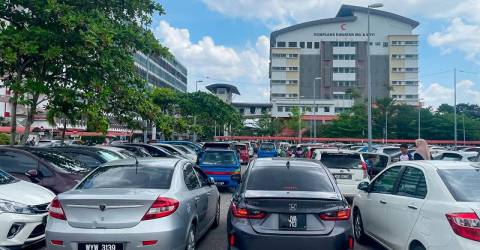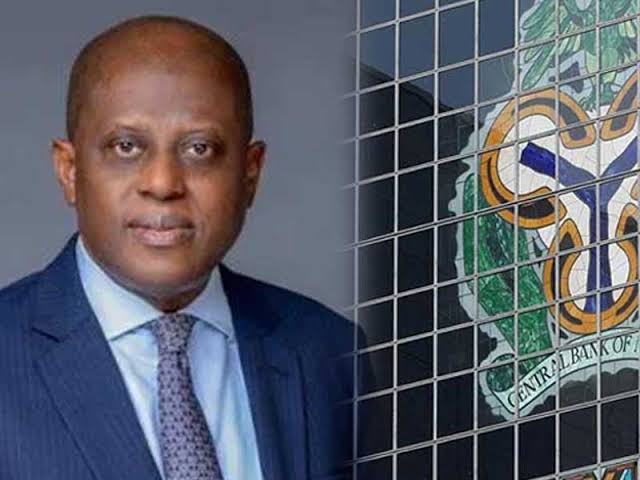PETALING JAYA: Legal responsibilities for maintaining trees along public roads are outlined in statutes such as the Street, Drainage and Building Act 1974 and local government by-laws from 1976.
Lawyer Kokila Vaani Vadiveloo said the regulations specify duties related to the upkeep and maintenance of streets, footways and trees, placing obligations on the relevant authorities and property owners.
She was commenting on Tuesday’s incident in which a 47-year-old man died after a large tree was uprooted in Jalan Sultan Ismail in Kuala Lumpur during a thunderstorm, crushing several cars and damaging a bus stop.
“In situations where individuals are injured or killed due to falling trees, seeking compensation or legal recourse depends on establishing negligence.
“If it is proven, legal action for damages can be pursued. However, if the incident is categorised as an ‘act of nature’, legal avenues for compensation may be limited,” she said.
At 1.50pm the same day, the Meteorological Department issued a warning and urged the public to exercise caution in anticipation of potential thunderstorms.
The warning covered several states and regions, including Perlis, Kedah, Penang, Pahang, Selangor, the Federal Territory of Kuala Lumpur, Negeri Sembilan, Malacca, Johor, Sarawak and Sabah.
During her visit to the crash site, Minister in the Prime Minister’s Department (Federal Territories) Dr Zaliha Mustafa said inspections were carried out “once every two years”.
“While the 50-year-old tree was under private supervision, the frequency of inspections needs to be increased, especially given the unpredictable weather conditions,” she said.
To this, Universiti Putra Malaysia Road Safety Research Centre professor Dr Law Teik Hua said inadequate maintenance practices such as infrequent inspections or neglecting to prune branches can increase the likelihood of tree failure events.
He said it was obvious that a more frequent inspection schedule is needed, especially for trees in urban areas with high vehicular traffic.
“These trees pose a risk to public safety. Regular inspections help promptly identify issues or hazards, and reduce the likelihood of accidents caused by falling trees.”
Law said construction activities near trees can also damage roots or alter the soil structure, reducing stability in the process.
“Urban environments can limit the natural spread of tree roots, leading to weaker anchoring.
“The authorities must utilise advanced technologies such as drone surveys, Geographic Information System mapping and tree risk assessment tools to proactively identify potential hazards.”
Architecture and Urban Design senior lecturer Ungku Norani Sonet Ungku Abdul Rahman recommended improving inspection techniques.
“City, municipal, and district councils should prioritise maintenance and encourage community involvement. Policies should be revised to guarantee efficient road safety measures,” she said.
Considering aspects such as climate, soil quality, growth patterns and root systems, Ungku Norani emphasised the necessity of selecting appropriate tree species for planting along public roads.
“Additionally, maintaining older trees becomes vital given the unpredictable weather conditions.
“It is important to remove existing trees and avoid planting species known to have aggressive root systems or weak branches prone to failure.”
To mitigate risks, Ungku Norani suggested systematic inspection protocols, selective tree planting, adherence to pruning guidelines, protection of root zones and clear emergency response procedures.
Following the incident, Monorail services between KL Sentral and Medan Tuanku station were halted as the fallen tree had blocked the tracks near the Raja Chulan monorail station.

.png) 1 week ago
1 week ago
















 English (US) ·
English (US) ·